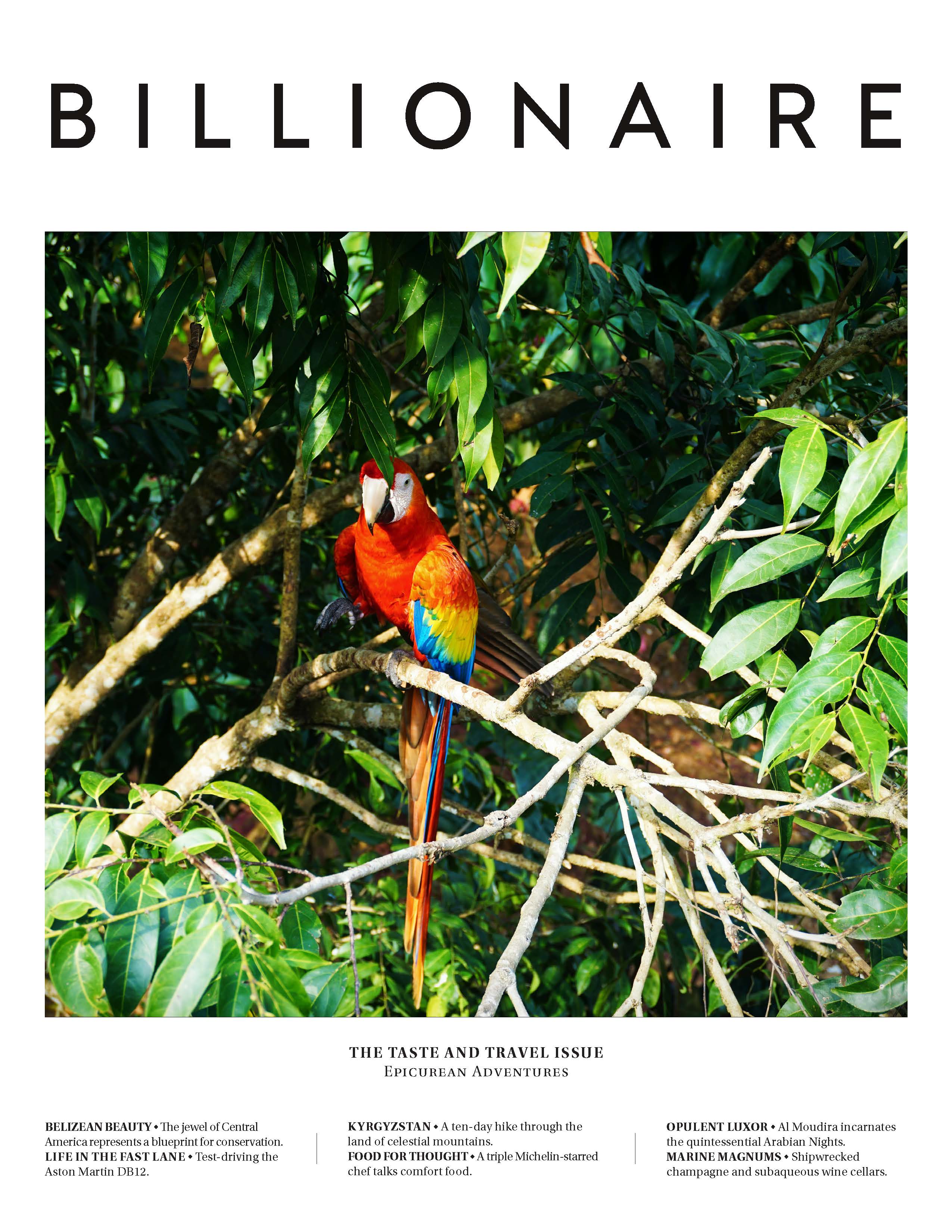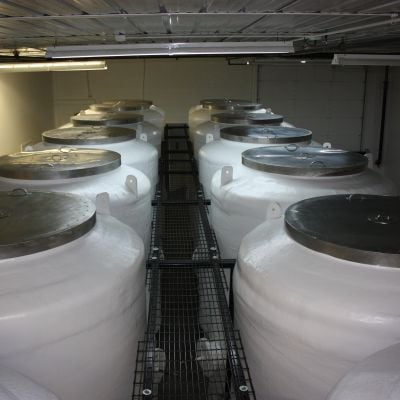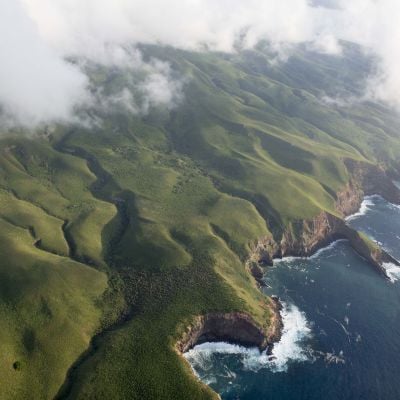Into The Wild
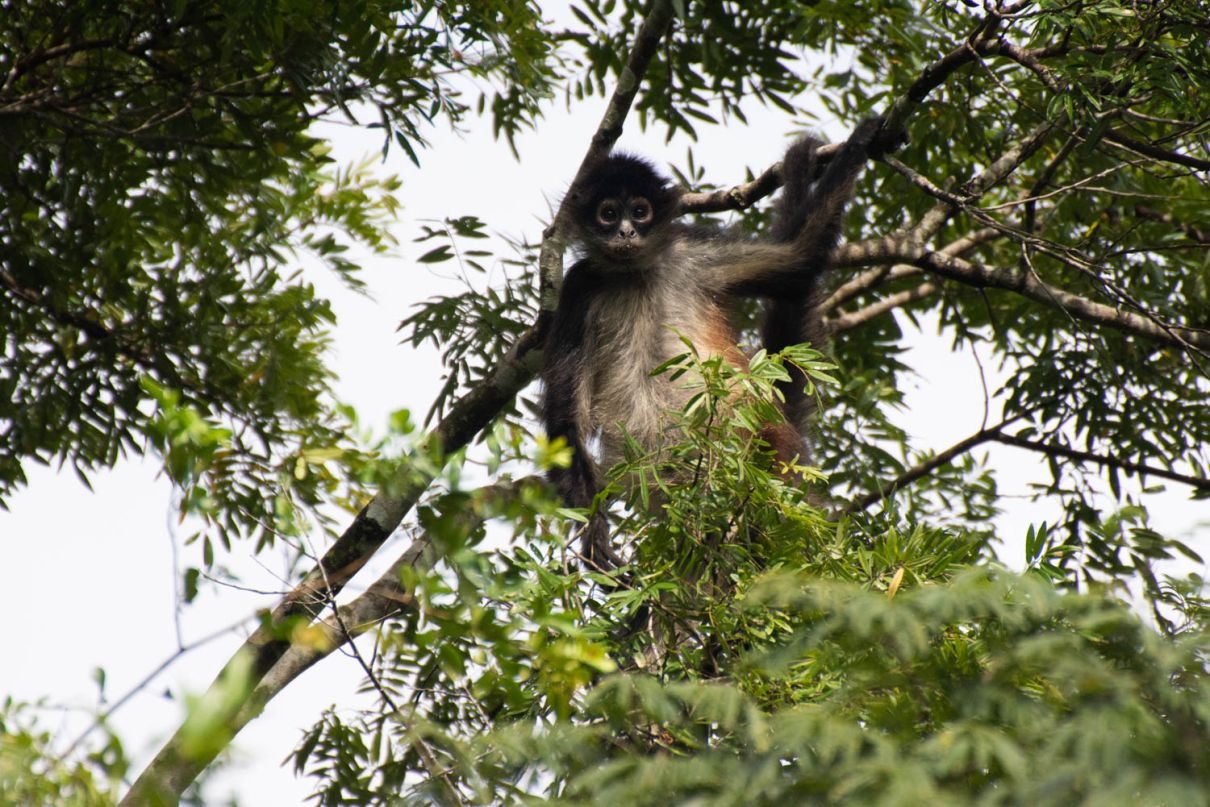
Belize is home to one of the most well-protected and biodiverse ecosystems in the world.
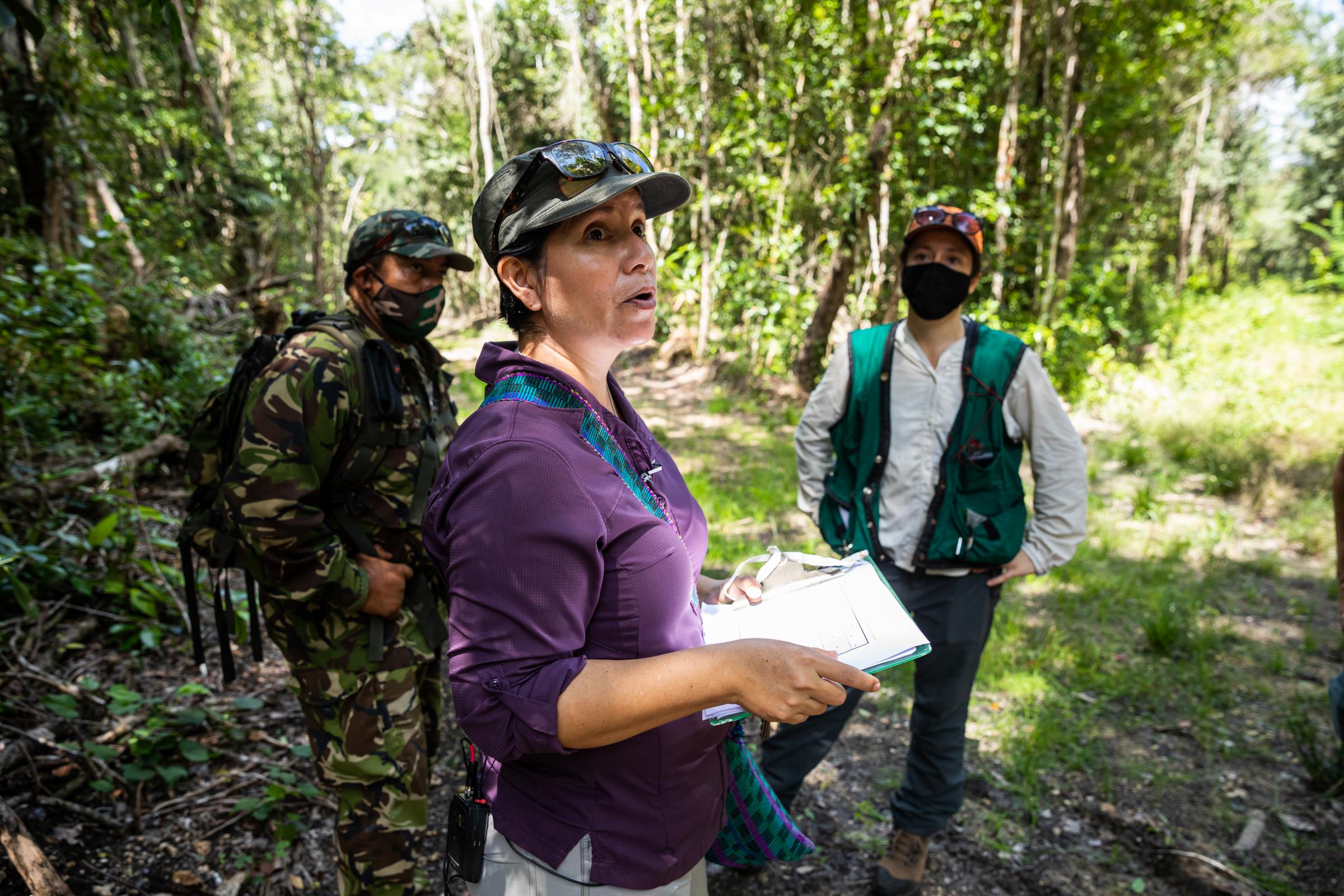
When Elma Kay first visited what is now known as the Belize Maya Forest as a teenager on a school trip, she would never have believed that, decades later, she would have been instrumental in bringing about a US$70 million campaign to protect the 236,000 acres of pristine rainforest, so it will never be logged again.
“It will now not only be protected, but also managed, for perpetuity,” says Kay, who is of Mayan and Hispanic heritage, and, among several hats she wears, is a director of the Belize Maya Forest Trust. The area was put up for sale by a US sustainable logger called Forestland Group. Kay seized the opportunity to mobilise conservation groups, including Rainforest Trust, World Land Trust, Nature Conservancy, University of Belize Environmental Research Institute and Wildlife Conservation Society, to raise the money needed.
They named the protected area the Belize Maya Forest, which, combined with the next-door Rio Bravo Reserve, covers some 9 percent of the landmass of Belize. The area is home to endangered species such as tapirs (the main victims of roadkill in the area), ocellated turkeys, white-lipped peccaries, spider monkeys and howler monkeys. Five species of wild cat, including ocelots, pumas and jaguars prowl the forests. There is an estimated population of 1,000 jaguars in Belize, one of the world’s densest populations of the iconic cat, according to Prof Marcella Kelly, a renowned biologist and jaguar expert at Virginia Tech in the department of fish and wildlife conservation.
The protected forest forms a key wildlife corridor, an essential part of wildlife conservation to allow animals to move freely between habitats used by humans, she says.
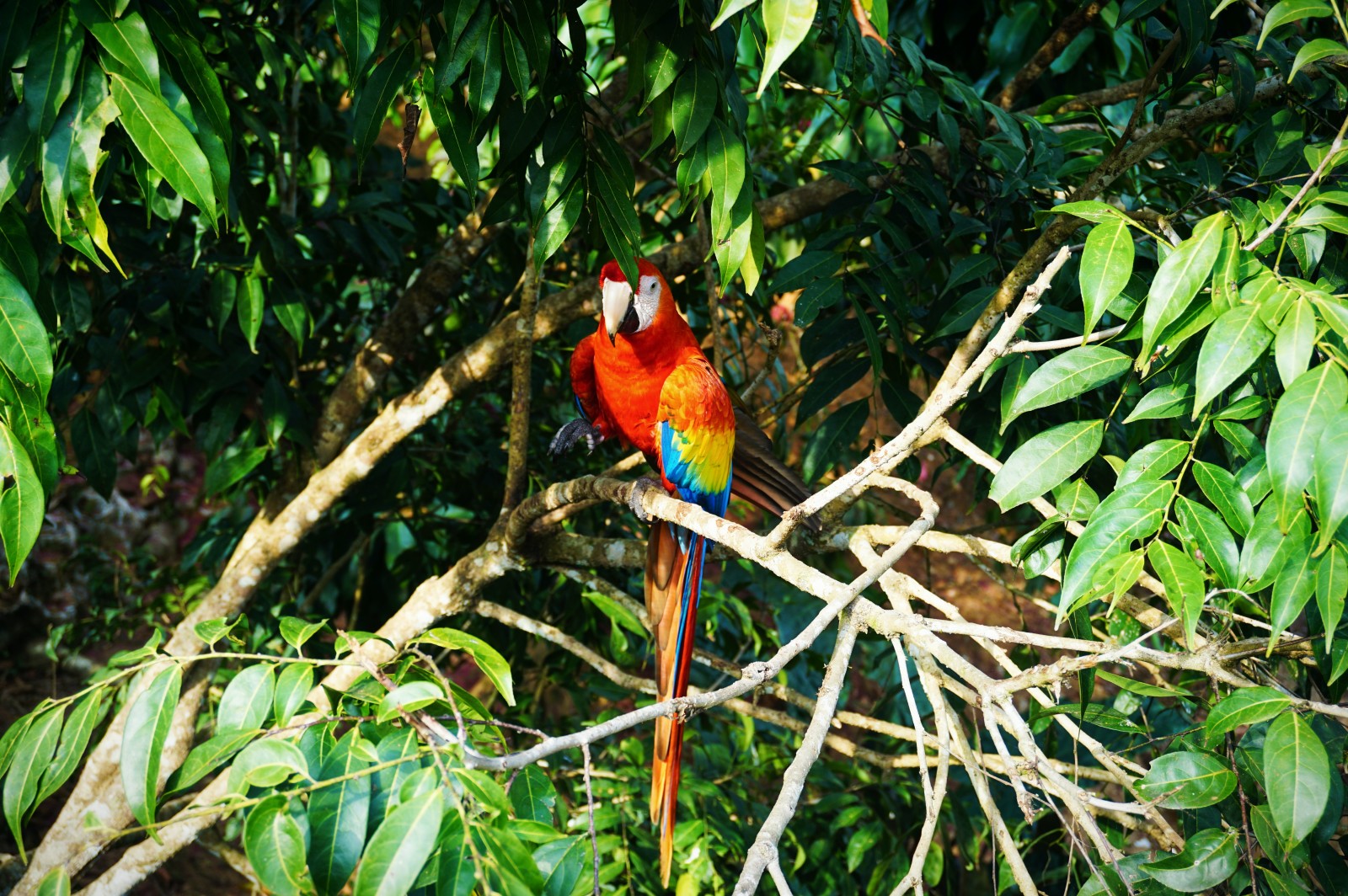
“Belize provides a great example of how humans and wildlife can co-exist,” says Prof Kelly. “It’s a growing country, people need housing, food and agriculture, but we are hoping there is a way to protect key areas so jaguars and other animals can move between these growing human habitations.”
Encouragingly, sustainable logging — defined as single-tree extraction as opposed to clear cutting — has proven harmonious with the jaguars of northern Belize, says Prof Kelly. The areas that are sustainably logged have just the same numbers of jaguars as those that are protected, she adds, possibly because the second growth from felled areas encourages more deer, the jaguar’s favourite food.
The draw for tourists today is that the Central American country has one of the most well-protected and biodiverse ecosystems in the world. Bounded by Mexico, Guatemala and the Caribbean Ocean, it is a remarkable example of environmental stewardship with 36 percent of its land and 28 percent of its water already protected. The former British colony, a nation of 400,000 citizens, has 103 protected areas that form Belize’s national protected areas system, covering over one-million acres, maintained between the government, NGOs and community-based organisations.
Some of the most forward-thinking local NGOs in Belize work in the Maya Mountain Massif and include Friends for Conservation and Development, Ya’axche Conservation Trust and Toledo Institute for Development and Environment. The Belize Zoo is also considered an up-and-coming leader in efforts to protect the Maya Forest Corridor. There are also several lodges with contribute with commitment to conservation and local communities, such as Chaa Creek, Blancaneaux Lodge and Black Rock Lodge.
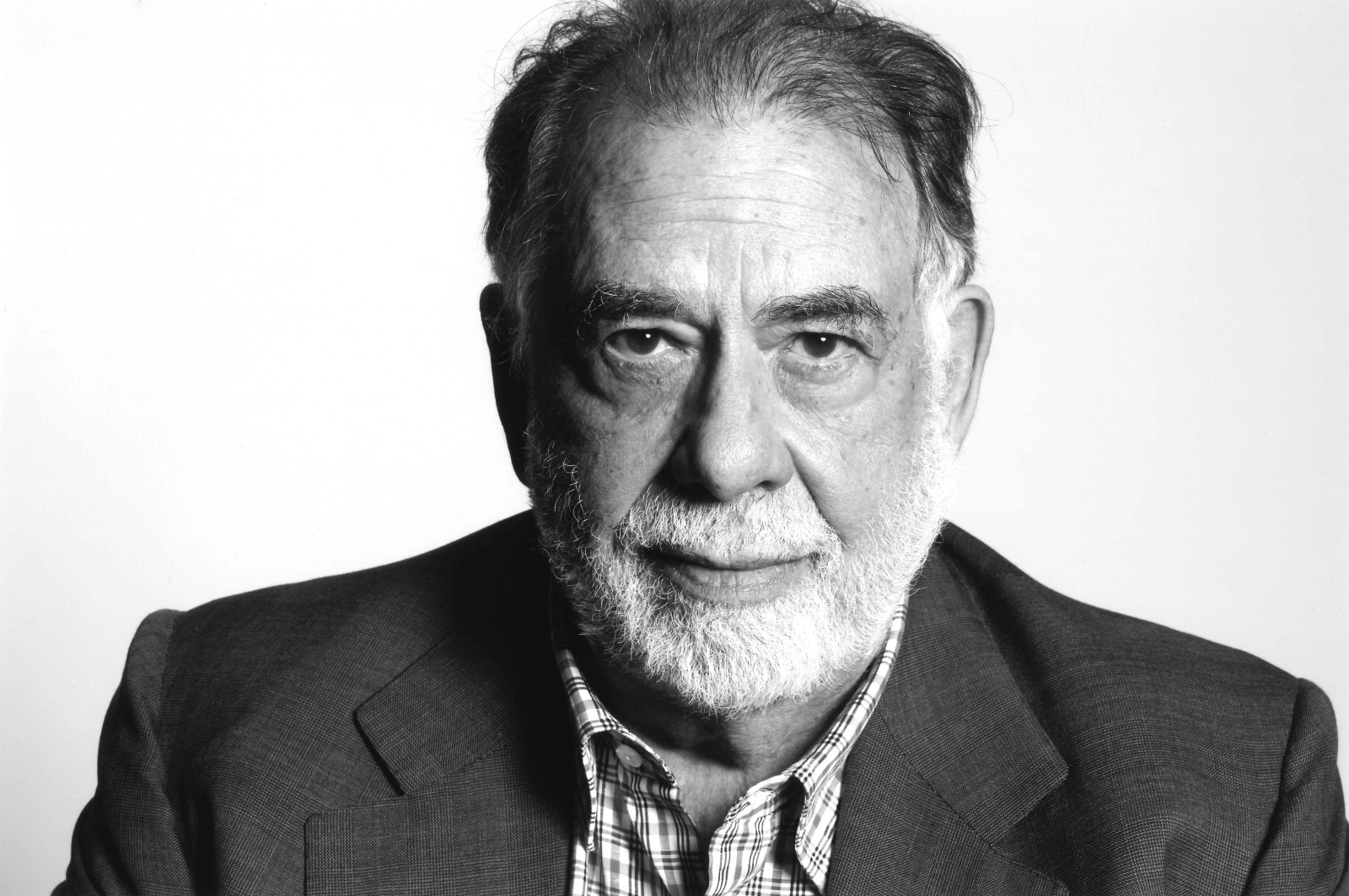
The Belize Barrier Reef system is a great example of how nature flourishes under protection, featuring three of four coral atolls in the Atlantic and the most extensive seagrass area in the Caribbean. It is home to 77 species listed as threatened by the IUCN, including a large population of West Indian manatees.
Conservationists are hoping to use Belize’s success story in a virtuous cycle by encouraging more tourism to the country, in a bid to offer locals a better alternative to industries that involve deforestation, such as monocrop planting or cattle ranching.
Such is the idea of Duncan Grossart, founder of Journeys with Purpose, a platform he co-founded in 2019 to curate immersive hosted once-in-a-lifetime adventures in some of the world’s remote and beautiful natural hotspots, for small groups of well-heeled travellers. A fifth of the cost of the trip, which could cost anywhere between US$12,000 and US$100,000, goes directly to fund local foundations and communities focused on nature conservation. “We’re not helicoptering in and telling people what to do, we’re supporting people locally with what they’re doing,” he says.
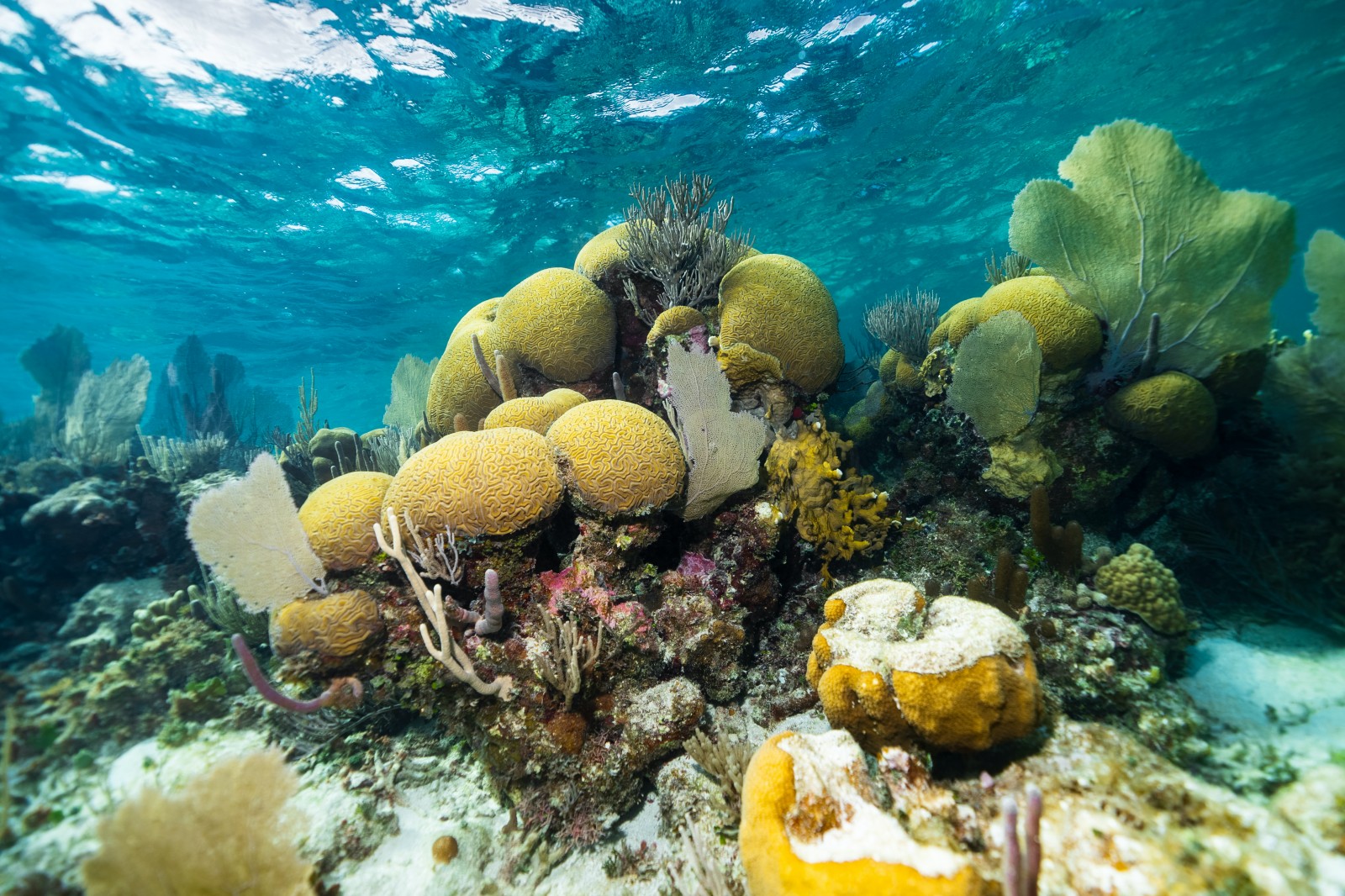
Philanthropic tourism dollars from Journeys with Purpose so far equate to six figures, says Grossart, adding that “top-up donations” from guests who fall in love with a particular area, are the real gold ticket. Philanthropists, C-suite, politicians and billionaires are the usual clientele, “people who can pull big levers”.
Group trips are kept to around eight to 16 individuals or are created privately and bespoke. Next February, Journeys with Purpose is running a weeklong trip for a group of eight in collaboration with non-profit The European Nature Trust, called Unknown Belize. It involves stays at some of the best luxury eco-lodges Belize has to offer, such as Chan Chich Lodge owned by eco-entrepreneur Michael Bowen. Blancaneaux Lodge, owned by film director Frances Ford Coppola since the 1980s, is the next stop, within the Mountain Pine Ridge Forest Reserve, which contains tropical pines, oaks, palmetto, craboo and ancient melastome shrubs. The final stop is at the Turneffe Island Resort on the Turneffe atoll, to explore the Mesoamerican Barrier Reef.
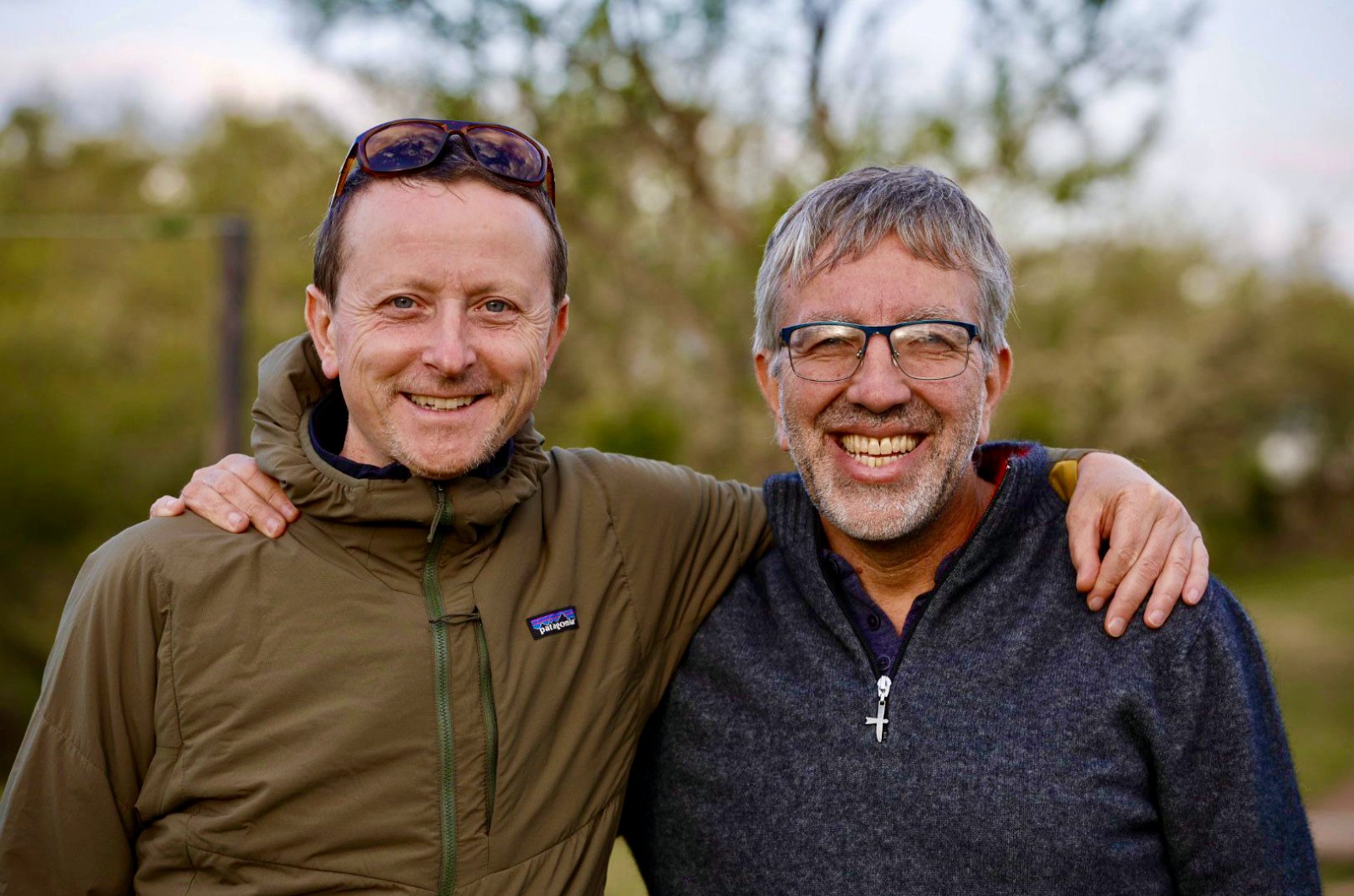
“Our trips are not exercises in handwringing, it’s about shining a light on stories of local positivity and hidden heroes, while providing a Rolls-Royce experience,” adds Grossart.
With enough goodwill, Belize’s holistic intent to protect and restore will hopefully inspire others to do the same.
This article originally appeared in Billionaire's Taste and Travel Issue. To subscribe, click here.

